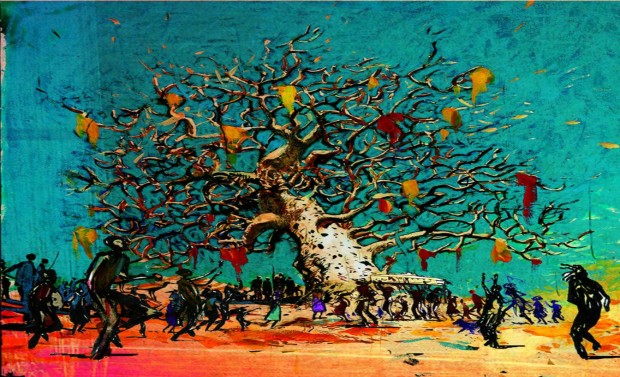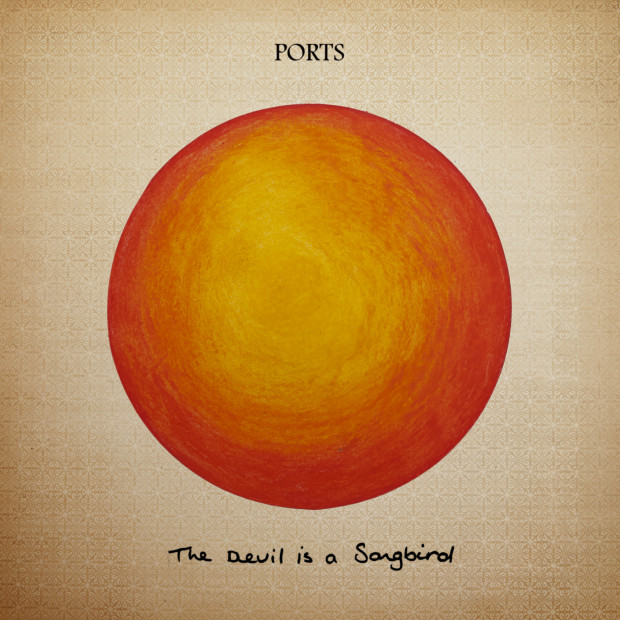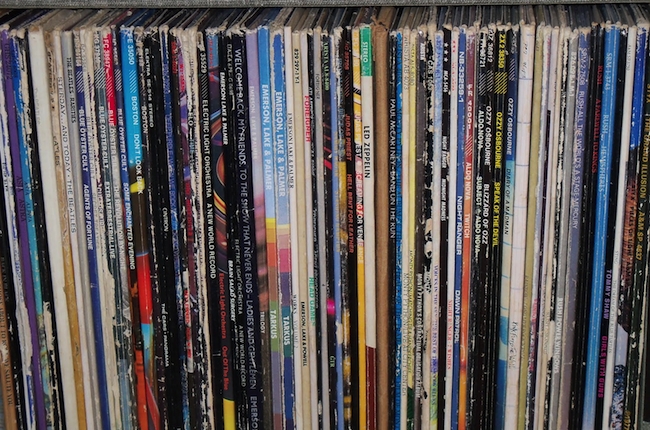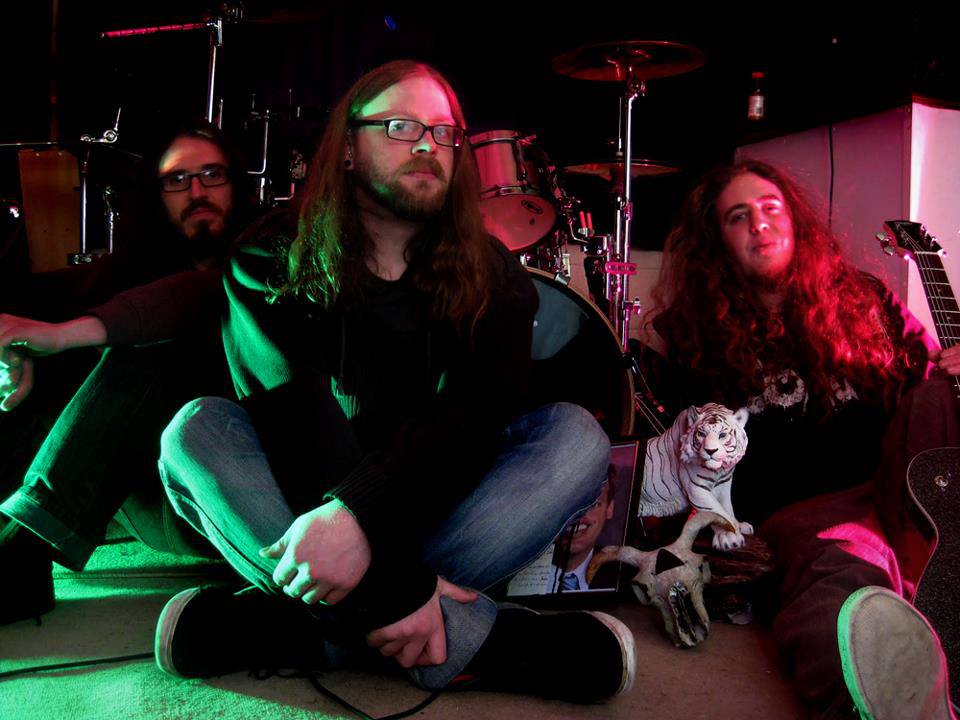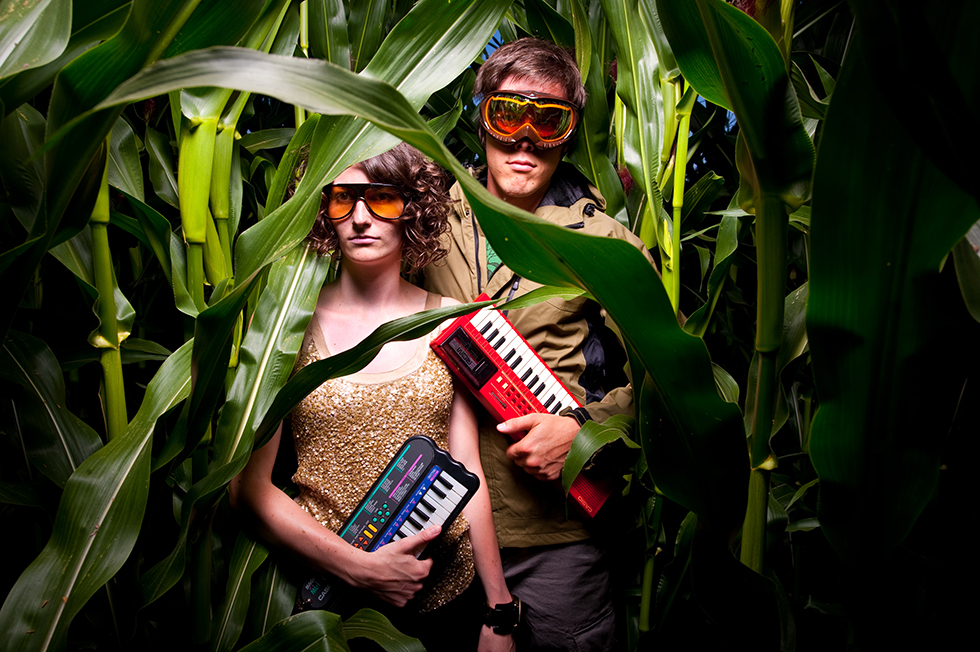A few months back I had an idea for a radio piece. It was an odd one but I had ample inspiration to follow through on it. The subject was a little tricky to talk about and I didn’t take it on lightly. If anything I concerned myself with how to treat the subject. I knew that I needed to get the tone right and the discussion open-ended. The piece is about Irish music created by a generation of so-called ‘new migrants‘.
I guess my personal inspiration was no mystery. I have been a huge admirer of groups like Bisect, Rusangano Family, Shookrah and lots more for years. What is more, I knew that these people could talk and communicate effectively on the radio mic as well as communicating themes of identity in their music.
Since moving to Dublin last year, I’ve been really turned on by nights such as Dublin Tropical, Sim Simma and lots of the amazing jazz and funk gigs regularly in The Sugar Club. These have been pushing me further on the theme of a global flavour in new Irish music. It’s all really exhilarating!
But all of this joy and adventure and expression and music is set against a crushingly contrasting global migrant situation. Unbearable news reports of refugees dying in their droves or being inhumanely rounded up and human rights denied. Europe is in a complete moral collapse. The far-right looms from the UK to Greece, Hungary, Austria, France, The Netherlands. The European Union has no soul or no solidarity. It is extremely grim.
In this modern era we are always told about how the world is so connected.. But does it truly feel that way to you? Do you feel more connected to the world than before? Some would argue that the world has never been as divided. The internet has been cited as the ultimate tool for human interaction, yet all we have is mass surveillance.
And what about Ireland in 2016? How are we connecting and integrating? What is the migrational story of our time? In an attempt to clumsily piece this project together, I set about to grab a group of stories from this generation of Irish migrational musicians. My requests were very well received by artists and it was nice to be trusted with some deep personal stories.
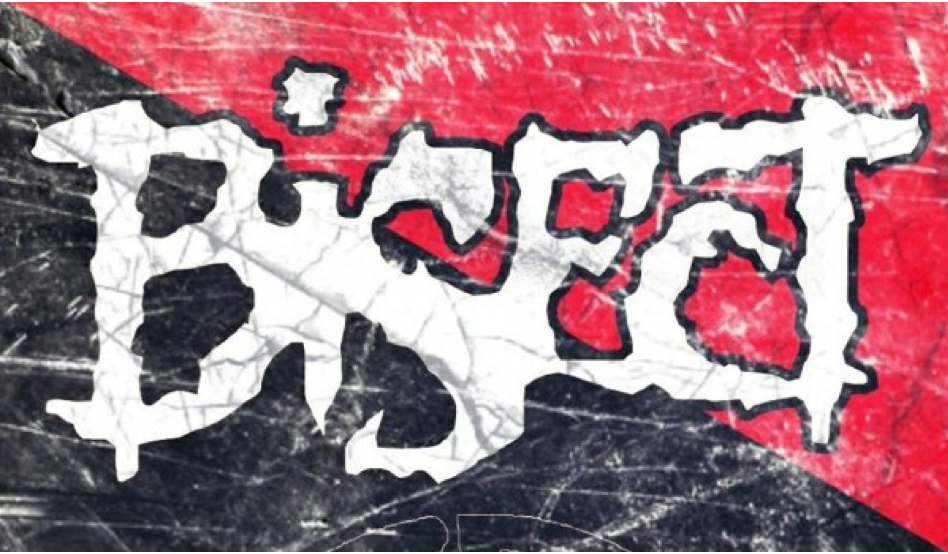
Some of the pitfalls that I wanted to avoid were voyeurism and categorizing. Instead I needed to keep the stories individual but at the same time put them in a wider context. How does one’s story play into a band and into the music? What catharsis is to be found in bringing your music with you? What creative journey are you experiencing in Ireland?
The piece would have to somehow point to both the past and the future.
It wasn’t until after I had interviewed all four contributing acts and artists that I met up with Ethnomusicologist, Dr. Aileen Dillane. To be honest, when I met her I was in a bit of a muddle as to how the piece could stick together. I met her in the Irish World Academy of Music and Dance in the University of Limerick. She was amazing. She spoke intelligently, passionately, poetically and with studied and personal insight. I knew after I met her that the piece would be decent.
I guess that the piece is just a group of people telling stories. Talking into my trusty old recorder about pouring their souls into their music. Thanks a million, Senita, Murli, Rafa, God Knows, DJ John Boy, Fabrizzio and Aileen. And thank you for reading/listening! Ray Wingnut
Artwork for Rusangano Family’s Let The Dead Bury The Dead, pictured top.

